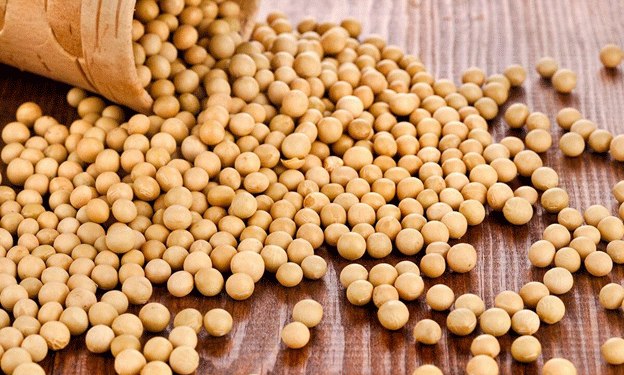Vietnam’s corn imports surged in the first half of 2024, reaching nearly 4.85 million tons, valued at approximately USD 1.22 billion. The average import price was USD 250.6 per ton. This represents a 30.6% increase in volume compared to the same period in 2023, although the total value of imports declined by 1.6%, with prices dropping by 24.7%.
In June 2024 alone, Vietnam imported 654,232 tons of corn, worth USD 158.58 million, at an average price of USD 242.4 per ton. This reflects a 13.3% decrease in volume and a 14.8% decrease in value compared to May 2024. However, compared to June 2023, there was a 29.4% increase in volume and a 2.1% increase in value, despite a 21.1% drop in prices.
Key Suppliers: Argentina remains the largest corn supplier to Vietnam, accounting for 52.5% of total imports, with over 2.54 million tons shipped in the first six months of 2024. This was a 131.4% increase in volume compared to the same period last year, although the value increase of 68.3% was offset by a 27.3% drop in average prices. Brazil follows as the second-largest supplier, contributing 1.49 million tons, which represents a modest 8.1% increase in volume but a 16.7% decrease in value due to a 23% reduction in prices. Laos also emerged as a notable supplier, with imports increasing by 23.5% in volume, though value and prices declined by 11.7% and 28.5%, respectively.
Soybean Imports: A Decline Amid Global Shifts
Vietnam’s soybean imports in the first half of 2024 totaled over 1.06 million tons, valued at nearly USD 561.48 million, with an average price of USD 527.4 per ton. This marks a 4.8% decrease in volume, a 22.9% drop in value, and a 19% reduction in price compared to the first half of 2023.
In June 2024, soybean imports saw a sharp decline, with only 69,028 tons imported, worth USD 35.42 million. This represents a more than 69.5% drop in both volume and value compared to May 2024, although prices increased slightly by 1.4%. Compared to June 2023, the declines were even more pronounced, with a 71.3% drop in volume, a 74.7% decrease in value, and a 12% reduction in price.
Key Suppliers: Brazil leads as the top soybean supplier to Vietnam, providing 591,770 tons in the first half of 2024, a 13.5% increase in volume, but a 6.1% decrease in value due to a 17.3% price drop. The United States is the second-largest supplier, with a 19.3% decline in volume and a 35.8% drop in value, as prices fell by 20.4%. Canada, while contributing a smaller share, also saw a decline, with imports decreasing by 12% in volume and 27% in value.
Wheat Imports: A Growing Dependency
Vietnam’s wheat imports have been on the rise, with over 3.12 million tons imported in the first half of 2024, valued at nearly USD 862.33 million. This represents a 25.9% increase in volume but a 3.3% decrease in value, as average prices dropped by 23.3% to USD 276 per ton.
In June 2024, wheat imports reached 288,140 tons, worth USD 81.45 million. This was a significant 46% drop in volume and a 42.3% reduction in value compared to May 2024, although prices increased by 6.9%. Compared to June 2023, imports were down by 35.6% in volume and 45.8% in value, with prices also declining by 15.9%.
Key Suppliers: Brazil continues to be a major supplier, contributing 36.8% of total wheat imports with over 1.15 million tons in the first half of 2024. This represents a 339.8% increase in volume and a 200% increase in value, although prices fell by 31.8%. Australia, the second-largest supplier, saw its exports to Vietnam decline by 64% in volume and 68% in value, with prices dropping by 11.1%. Ukraine also emerged as a significant supplier, with a 901.9% increase in volume and a 681.2% rise in value, although prices were 22% lower than the previous year.
The data from the first half of 2024 highlights the complex dynamics in Vietnam’s agricultural imports, influenced by global market shifts, price fluctuations, and supply chain adjustments. For Vietnamese farmers, agronomists, and agricultural engineers, these trends underscore the importance of strategic planning and market diversification. The sharp increases in imports from countries like Argentina and Ukraine indicate a need for robust risk management strategies to navigate price volatility and supply chain disruptions.
As global agricultural markets continue to evolve, Vietnam’s dependency on imported commodities like corn, soybeans, and wheat presents both opportunities and challenges. By understanding these import trends and their implications, stakeholders in Vietnam’s agricultural sector can better prepare for the uncertainties ahead and ensure the stability of the country’s food supply.
Error




